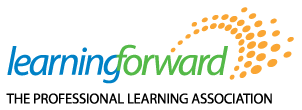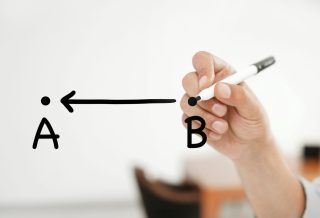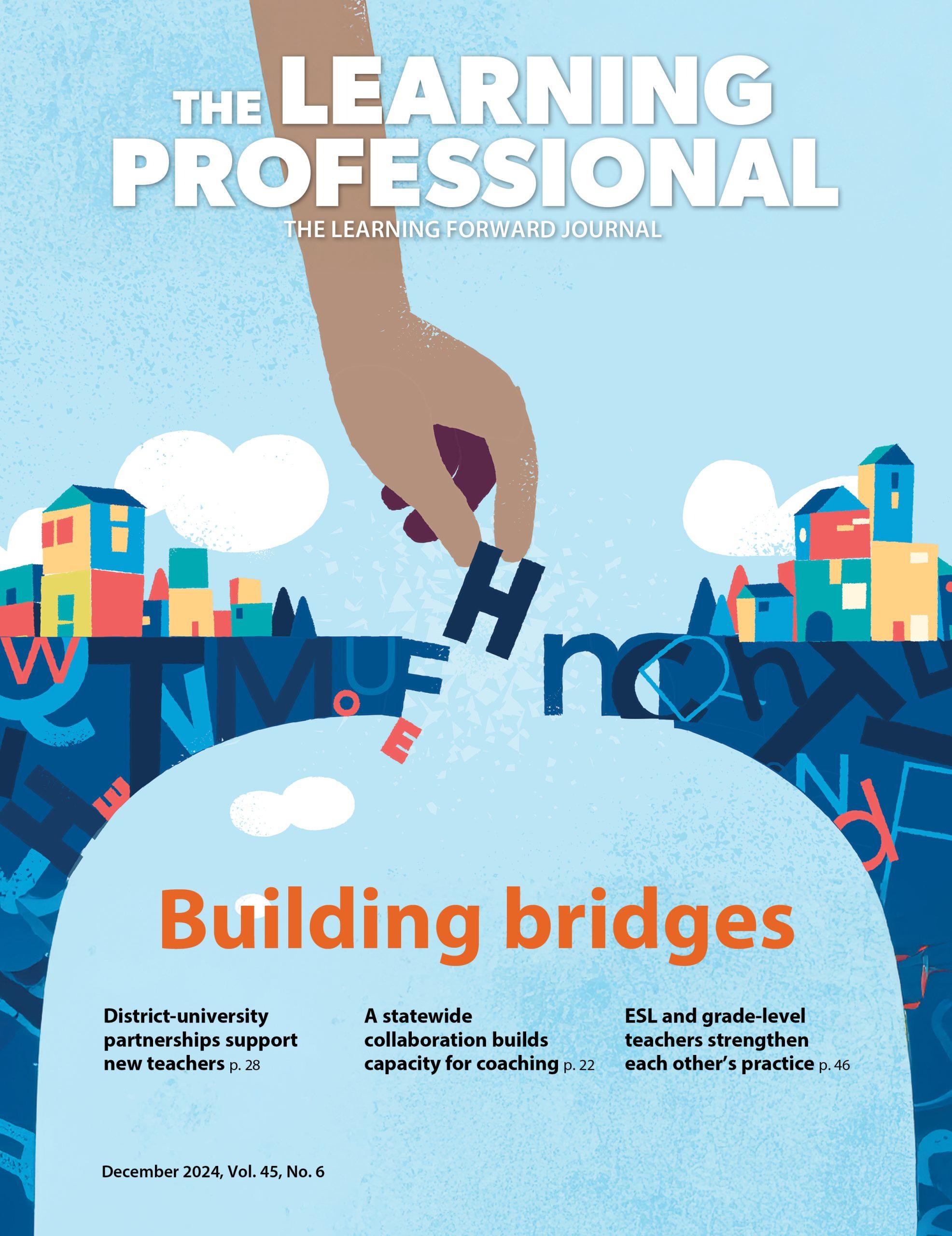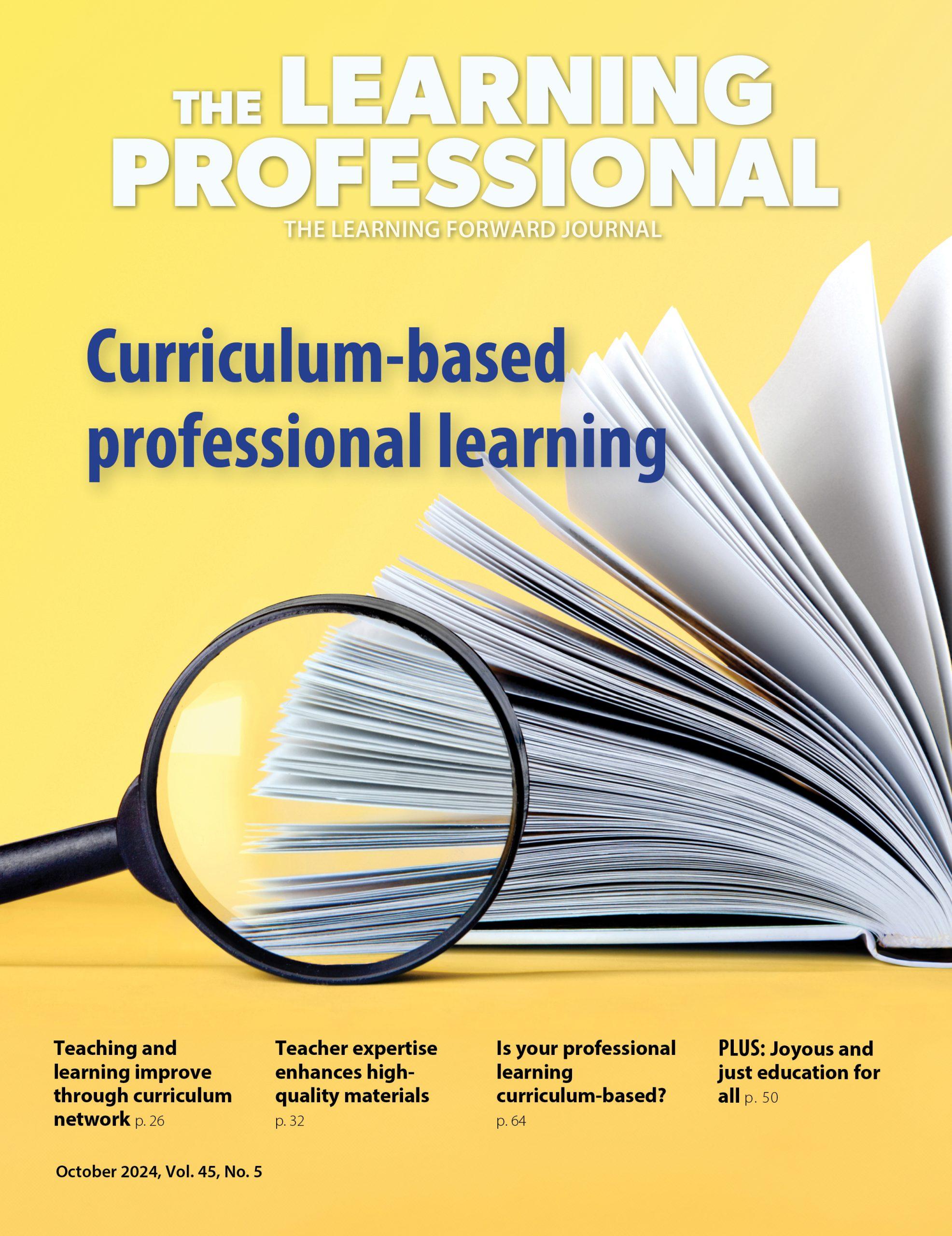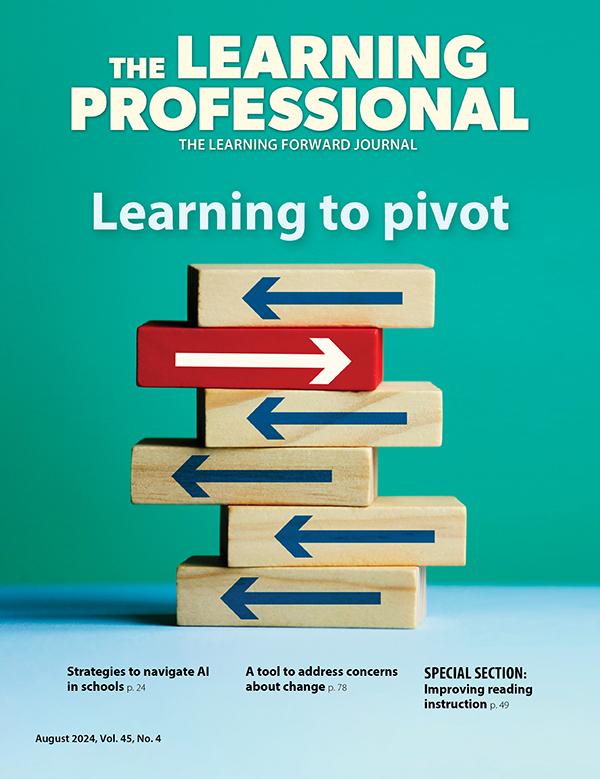FOCUS
Whether you’re a student or an educator, learning designs matter
By Suzanne Bouffard
Categories: Learning designsFebruary 2025
Think of a great learning experience you’ve had, either as an educator or as a student. You probably remember what you learned and how it changed your thinking or your actions. You probably also remember how you learned it. Maybe it was a hands-on physics lab that showed you what happens when friction increases. Maybe it was an observation of a colleague that illuminated a student engagement strategy you now use every day. Maybe it was a well-written article that offered you a perspective on ADHD you hadn’t previously considered. Whatever it was, it engaged you, connected with your prior knowledge, and gave you a chance to make meaning of your experience.
How we learn influences what we learn. Indeed, it can determine whether we learn at all. I took a trigonometry class in high school, but I can’t say I learned trigonometry. There were a number of reasons for that, but one of them is the sink-or-swim way the class was taught. I’m confident of that because when my calculus teacher taught the same concepts a year later but with more opportunities to grapple with questions, practice, and apply the concepts to real life, the content clicked.
Effective learning design makes a difference. How do you know which one(s) to choose? ''How we learn influences what we learn. Indeed, it can determine whether we learn at all.'' #TheLearningPro Share on X
Educators know that how we teach students matters and spend years improving practice to get it just right. How we teach adults matters, too, and we need time and resources to get our professional learning practices right. The Learning Designs standard of the Standards for Professional Learning is a helpful guide for shaping those practices. The standard articulates the need for learning professionals to “set relevant and contextualized learning goals, ground their work in research and theories about learning, and implement evidence-based learning designs” (Learning Forward, 2022, p. 43). It includes detailed explanations of considerations such as structural features and how to hone the content.
At Learning Forward, this standard is evident in everything we do, including the interactive way we design our online courses, the continuous improvement methods we use in networks, the learning sciences research we share, and the tools we create to help conference presenters tailor their sessions to attendees’ needs and experiences.
The Learning Designs standard also informs every issue of The Learning Professional. That influence is sometimes implicit, as in the way we organize the issues’ features or when an author describes the impact of a well-designed professional learning initiative. Sometimes it’s explicit, as when an author writes about how to run a PLC or when we reference the standard in a discussion question. In the current issue, we’re going further and putting Learning Designs front and center to help you dive into the how of professional learning.
This issue responds to requests we get for information about how to be a great facilitator, provides in-demand tools to improve specific professional learning methods, and shares advice from experts about the benefits and limits of focusing on learning designs. We hope you will find it to be an evergreen resource that you come back to over and over to guide your planning, facilitation, and assessment of meaningful learning experiences.
When I reflect on positive learning experiences from my own life, I often think of my calculus teacher and the intentional, steady way he taught. It wasn’t flashy and it can’t be called fun. But it did something more important — it adhered to principles of effective learning design. I always remember that, and I’m grateful.
Download pdf here.
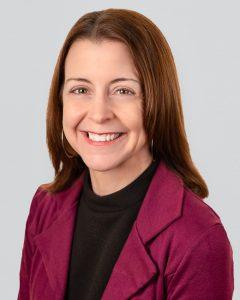
Suzanne Bouffard is senior vice president of communications and publications at Learning Forward. She is the editor of The Learning Professional, Learning Forward’s flagship publication. She also contributes to the Learning Forward blog and webinars. With a background in child development, she has a passion for making research and best practices accessible to educators, policymakers, and families. She has written for many national publications including The New York Times and the Atlantic, and previously worked as a writer and researcher at the Harvard Graduate School of Education. She has a Ph.D. in developmental psychology from Duke University and a B.A. from Wesleyan University. She loves working with authors to help them develop their ideas and voices for publication.
Categories: Learning designs
Recent Issues
LEARNING DESIGNS
February 2025
How we learn influences what we learn. This issue shares essential...
BUILDING BRIDGES
December 2024
Students benefit when educators bridge the continuum of professional...
CURRICULUM-BASED PROFESSIONAL LEARNING
October 2024
High-quality curriculum requires skilled educators to put it into...
LEARNING TO PIVOT
August 2024
Sometimes new information and situations call for major change. This issue...
